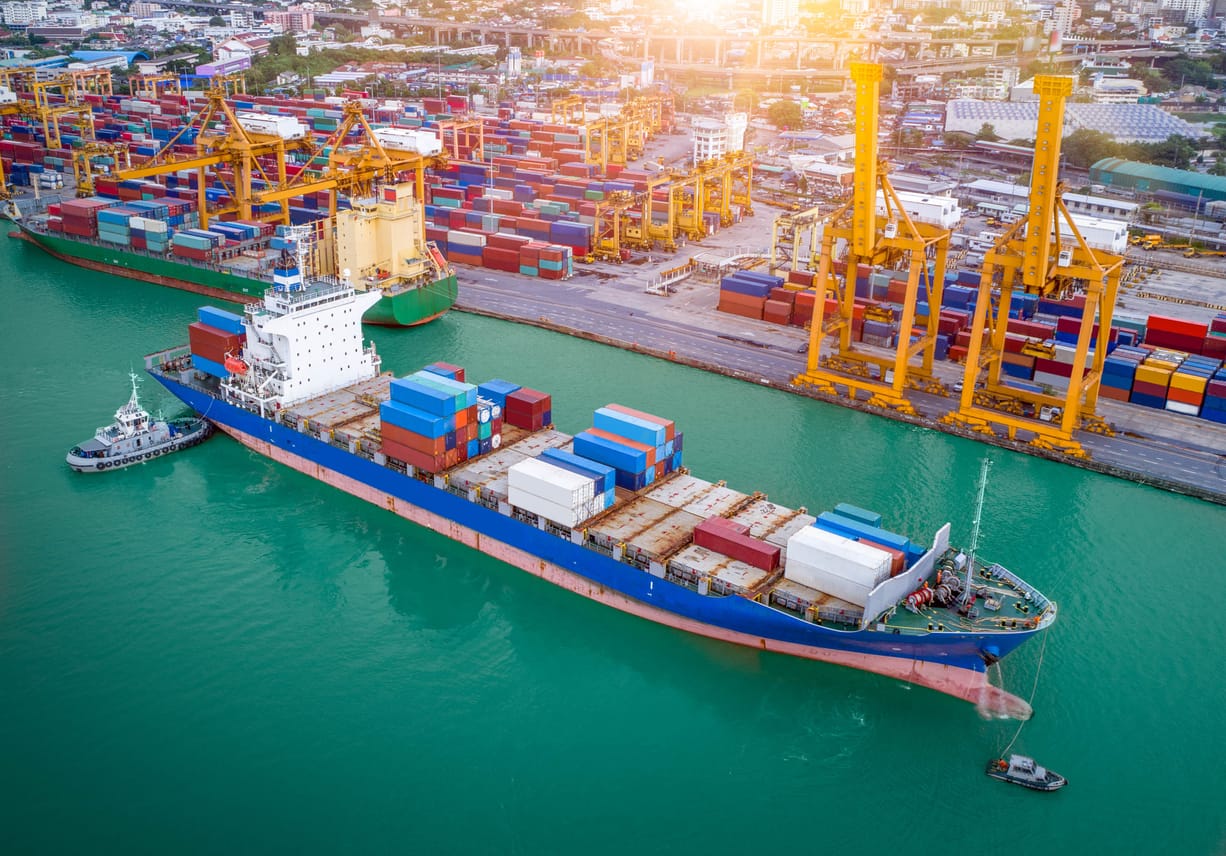Key Takeaways:
I. Regional disparities in trade growth persist, with North America outperforming Europe and other regions.
II. Sectoral performance varies significantly, with technology-driven sectors outperforming traditional industries.
III. Geopolitical tensions and protectionist policies pose ongoing risks to the stability and predictability of global trade flows.
World merchandise trade volume grew by 1.1% quarter-on-quarter and 3.3% year-on-year in Q3 2024, marking the fourth consecutive quarter of moderate expansion. While these figures suggest continued growth, a deeper dive into the data reveals a more nuanced picture. Regional disparities, varying sectoral performance, and evolving geopolitical factors all play a significant role in shaping the current trade landscape. This article delves beyond the headline numbers to provide a comprehensive analysis of merchandise trade dynamics in Q3 2024 and beyond.
Regional Disparities: Uneven Growth Across the Globe
The overall growth in merchandise trade volume masks significant regional variations. While North America experienced robust growth, driven by strong domestic demand and resilient supply chains, Europe witnessed a decline, primarily due to Germany's economic contraction and weakness in key sectors like automotive and chemicals. This divergence highlights the uneven impact of global economic trends and geopolitical developments.
North America's positive performance was fueled by a combination of factors. Strong domestic demand, supported by a robust labor market and consumer spending, boosted imports. Furthermore, efforts to regionalize supply chains, particularly in the US and Mexico, helped mitigate disruptions experienced elsewhere. Mexico's import rebound after a contraction in 2023 further strengthened the region's trade position.
Europe's trade performance was hampered by a confluence of challenges. Germany's economic contraction, coupled with slumps in the automotive and chemicals sectors, weighed heavily on the region's exports. Decreased imports, particularly of machinery from China, further contributed to the negative trend. These difficulties underscore the interconnectedness of global trade and the vulnerability of regions to economic downturns in key partner countries.
Beyond developed economies, the outlook for least-developed countries (LDCs) remains a concern. While LDCs are projected to experience some export growth in 2024 (1.8%), this represents a significant slowdown from the 4.6% growth observed in 2023. Import growth for LDCs is forecast at 5.9% in 2024, following a decline of 4.8% in 2023. These figures highlight the vulnerability of LDCs to external shocks and the need for targeted support to enhance their participation in global trade.
Sectoral Performance: A Mixed Bag of Opportunities and Challenges
The technology sector, particularly semiconductors and high-performance computing, emerged as a clear winner in Q3 2024. Global semiconductor sales hit a record $56.9 billion in October 2024, a 22% increase from the previous year. The trade value of high-performance servers also surged, reflecting the growing demand for data centers and cloud computing infrastructure. This robust performance highlights the increasing importance of technology-driven industries in shaping global trade.
In contrast, the automotive sector continued to face headwinds. Supply chain disruptions, including chip shortages and logistical bottlenecks, hampered production and trade. Europe's automotive industry, in particular, experienced a significant slump, impacting the region's overall export performance. This weakness underscores the vulnerability of industries reliant on complex global supply chains.
Beyond these specific sectors, broader technological advancements and evolving consumer preferences are reshaping global trade patterns. The increasing demand for electric vehicles, driven by environmental concerns and government incentives, is transforming the automotive industry. The rise of e-commerce and digital services is also creating new opportunities and challenges for businesses engaged in international trade.
These trends highlight the critical importance of supply chain resilience and adaptability. The automotive sector's struggles underscore the risks of relying on complex, globally dispersed supply chains. Businesses must prioritize diversification, nearshoring, and strategic partnerships to mitigate future disruptions and ensure long-term competitiveness in a rapidly changing global environment.
Geopolitical Factors: Navigating Uncertainty and Risk
The global trade landscape is increasingly shaped by geopolitical tensions and policy uncertainties. Rising trade disputes, protectionist measures, and national security concerns threaten to disrupt trade flows and undermine multilateral cooperation. The increasing focus on domestic industries and friend-shoring, while potentially offering short-term benefits, raises concerns about fragmentation and reduced global integration.
Trade agreements, tariffs, and sanctions are playing an increasingly prominent role in shaping trade patterns. While agreements like the USMCA, CPTPP, and RCEP can facilitate trade liberalization, they also introduce new rules and regulations that can create challenges for businesses. Tariffs and sanctions, often used as instruments of geopolitical strategy, can significantly disrupt trade flows, impacting businesses and consumers alike. Navigating this complex web of policies and regulations requires careful analysis and strategic planning.
The Path Forward: Building Resilience and Promoting Sustainable Trade
The moderate growth in global merchandise trade during Q3 2024 masks a more complex and uncertain reality. Regional disparities, sectoral vulnerabilities, and geopolitical tensions pose significant challenges to the sustainability of this growth. To navigate this evolving landscape, policymakers and businesses must prioritize resilience, diversification, and sustainable trade practices. Strengthening multilateral cooperation, resisting protectionist impulses, and investing in trade-facilitating infrastructure are crucial for ensuring a stable and predictable trading environment. Businesses must adapt to changing consumer demand, build more resilient supply chains, and leverage technological advancements to enhance their competitiveness. The future of global trade depends on our collective ability to address these challenges and build a more robust, inclusive, and sustainable trading system.
----------
Further Reads
I. Projected 3.3% growth in 2024 global trade reflects resilience: UNCTAD - Fibre2Fashion
II. International trade statistics: trends in third quarter 2024









